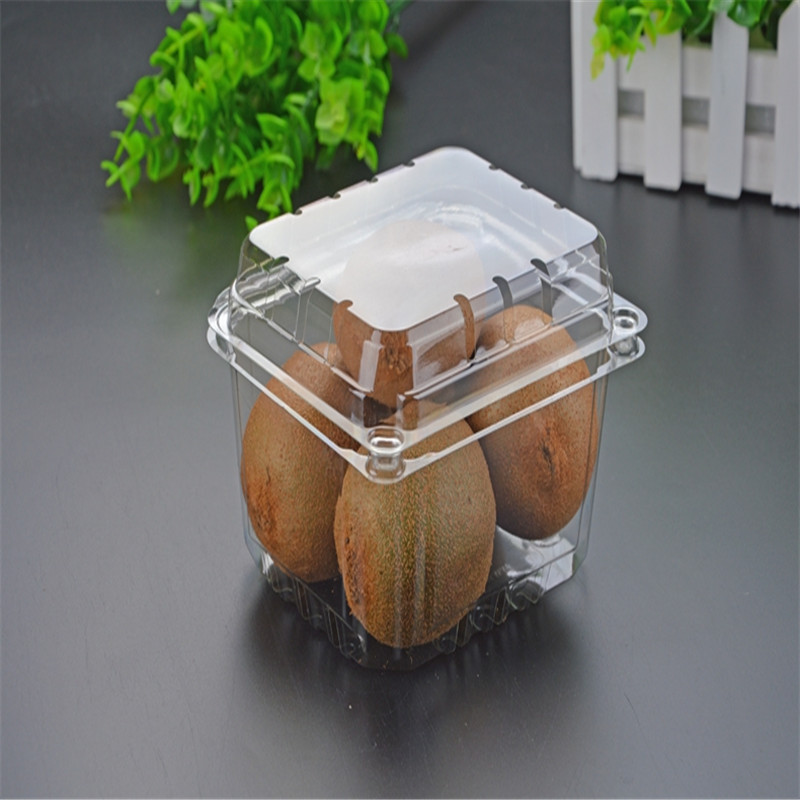Unwrapping the Future: An In-depth Look at Protective Packaging Materials

In the world of commerce, the importance of protective packaging materials cannot be overstated. These materials are the unsung heroes that ensure the safe delivery of products, from the manufacturer's warehouse to the consumer's doorstep. This article aims to delve into the intricacies of protective packaging materials, their types, applications, and the latest trends shaping this industry.
Protective packaging materials are designed to safeguard products from potential damage during transportation, storage, and handling. They come in various forms, each serving a unique purpose and offering different levels of protection. The most commonly used types include cushioning materials, barrier materials, and containment materials.
Cushioning materials, such as bubble wrap, foam, and air pillows, are designed to absorb shock and vibration. They are often used for fragile items like electronics, glassware, and ceramics. Barrier materials, on the other hand, are used to protect products from environmental factors such as moisture, dust, and UV radiation. These include shrink wrap, stretch film, and foil bags. Containment materials, such as boxes, crates, and pallets, are used to hold and secure products during transit.
The choice of protective packaging material depends on several factors, including the nature of the product, the mode of transportation, and the environmental conditions. For instance, perishable goods like food and pharmaceuticals often require barrier materials to maintain their freshness and efficacy. On the other hand, fragile items like electronics and glassware require cushioning materials to prevent damage from shock and vibration.
In recent years, the protective packaging industry has been shaped by several trends. One of the most significant is the shift towards sustainable and eco-friendly materials. As consumers become more environmentally conscious, businesses are seeking out packaging materials that are recyclable, biodegradable, or made from renewable resources. Examples of these include corrugated cardboard, molded pulp, and biodegradable air pillows.
Another trend is the increasing use of smart packaging technologies. These include temperature-controlled packaging, which maintains a consistent temperature to protect sensitive products, and tamper-evident packaging, which shows visible signs of tampering to ensure product integrity. There is also a growing interest in active packaging, which interacts with the product to extend its shelf life or improve its safety.
In conclusion, protective packaging materials play a crucial role in the safe delivery of products. They come in various forms, each offering a unique level of protection. The choice of material depends on several factors, including the nature of the product, the mode of transportation, and the environmental conditions. As the industry evolves, we can expect to see more sustainable materials and smart packaging technologies, reflecting the changing needs and values of consumers.
